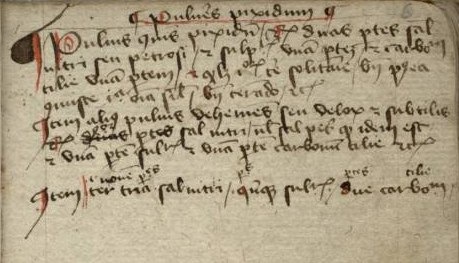Facts About Nürnberger Handschrift GNM 3227a
Codex 3227a, housed at the Germanisches Nationalmuseum in Nuremberg, is a captivating manuscript from the late 14th century. Written in a blend of Latin and East Central German dialect, it likely dates back to around 1389 or possibly the early 15th century. Originally owned by Nicolaus Pol in the late 15th century, the manuscript later found its way to Innichen Abbey in South Tyrol. Eventually, it was housed in the library of Hans Freiherr von und zu Aufsess before being acquired by the Germanisches Nationalmuseum in 1852.
This manuscript functions as a pragmatic commonplace book, encompassing a wide range of topics including alchemy, magic, chemical recipes, medicine, and ironworking. One of its most notable features is a detailed combat manual, specifically focusing on the German school of fencing attributed to Johannes Liechtenauer. This makes it an invaluable resource for scholars of Historical European Martial Arts (HEMA).
Interestingly, the manuscript remained unpublished until a renewed interest in HEMA facilitated its dissemination. The first full transcriptions eventually became available online. Initially, there was some confusion regarding the authorship, with many attributing it to Hanko Döbringer, but this was later clarified.
The contents of Codex 3227a are remarkably diverse, including treatises on fireworks, magic formulas, alchemical recipes, sword fencing, combat techniques for both foot and horseback, as well as a variety of other teachings and recipes.

 Netherlands
Netherlands